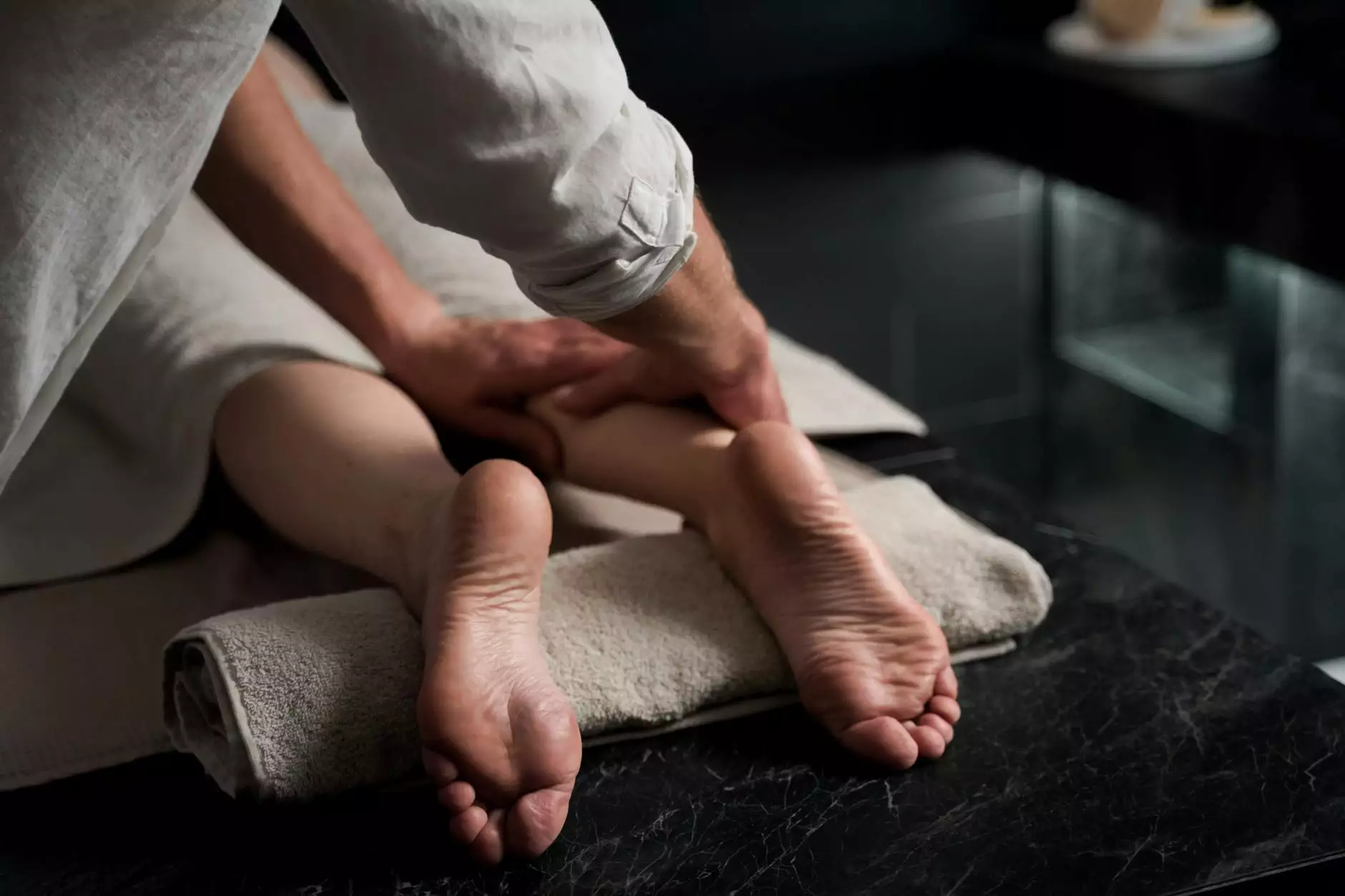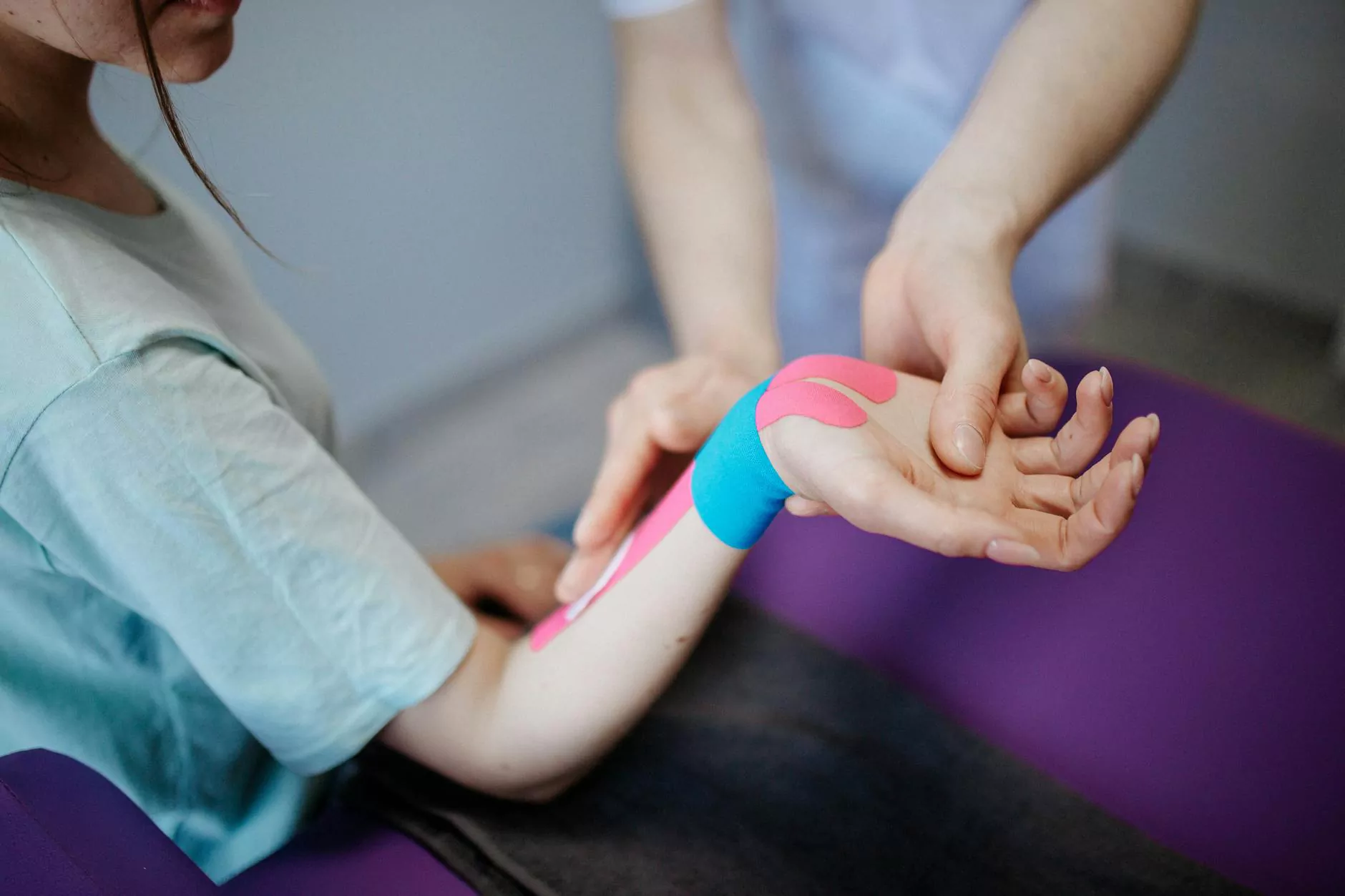Flatfoot: Understanding the Condition and Care

Introduction
Welcome to the Foley James D MD website, your trusted source for health-related information in the field of podiatry. In this article, we will provide comprehensive insights into the condition known as flatfoot. Our aim is to educate and guide you by offering valuable information about flatfoot, including its symptoms, causes, treatment options, and prevention strategies.
What is Flatfoot?
Flatfoot, also known as pes planus, is a common foot condition that affects the arches of the feet. Typically, the arches play a crucial role in providing shock absorption, stability, and balance while engaging in various activities. However, in individuals with flatfoot, the arches are significantly flattened, causing the entire sole of the foot to touch the ground.
Recognizing Flatfoot Symptoms
Flatfoot is often associated with certain signs and symptoms that may vary from person to person. Some individuals may experience no discomfort or symptoms at all, while others may notice the following:
- Pain or tenderness in the arch, heel, or ankle
- Swelling along the inner side of the ankle
- Foot fatigue or aching after long periods of physical activity
- Difficulty standing on tiptoes
- Overpronation, where the feet roll inward excessively
Causes of Flatfoot
There are multiple factors that can contribute to the development of flatfoot:
- Genetics: Flatfoot can be inherited, and having a family history of the condition increases the likelihood of developing it.
- Injury or trauma: A foot or ankle injury can lead to a fallen arch and the development of flatfoot.
- Structural abnormalities: Some individuals are born with structural abnormalities that predispose them to flatfoot.
- Tendon or muscle conditions: Certain conditions, such as posterior tibial tendon dysfunction, can weaken the tendons and muscles that support the arch.
- Age and wear and tear: The arches can slowly collapse over time due to age and the continuous stress placed on the feet.
Treatment Options
When it comes to treating flatfoot, various options are available based on the severity of the condition and the symptoms experienced:
- Orthotic devices: Customized shoe inserts known as orthotics can be helpful in providing support and correcting foot alignment.
- Physical therapy: Specific exercises and stretches can strengthen the muscles and tendons, improving foot function.
- Footwear modifications: Wearing supportive shoes with appropriate arch support can alleviate discomfort.
- Medications: Nonsteroidal anti-inflammatory drugs (NSAIDs) may help reduce pain and inflammation.
- Surgery: In severe cases where conservative measures fail, surgical intervention might be recommended to correct the arch and stabilize the foot.
Prevention and Self-Care
While prevention methods may not guarantee the avoidance of flatfoot, certain self-care practices can help reduce the risks and manage the condition:
- Maintain a healthy weight to minimize stress on the feet.
- Choose supportive footwear that provides adequate arch support.
- Engage in regular foot exercises and stretches to strengthen the feet.
- Avoid high-impact activities that can strain the arches.
- Listen to your body and rest when experiencing foot pain or discomfort.
Conclusion
In conclusion, flatfoot is a common foot condition characterized by the flattening of the arches. While it may vary in severity, flatfoot can cause discomfort and affect daily activities. At Foley James D MD, we aim to provide the highest quality care and knowledge to assist individuals dealing with flatfoot. Understanding the symptoms, causes, treatment options, and prevention strategies can aid in effectively managing this condition. Remember, consulting a qualified healthcare professional is essential for an accurate diagnosis and individualized treatment plan. Stay informed, stay proactive, and take the necessary steps towards maintaining your foot health!









